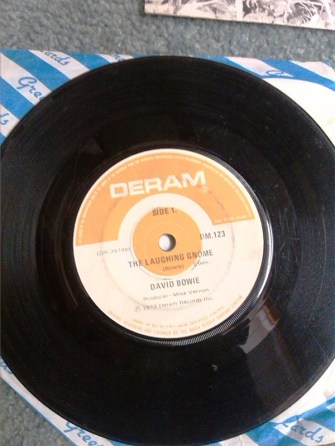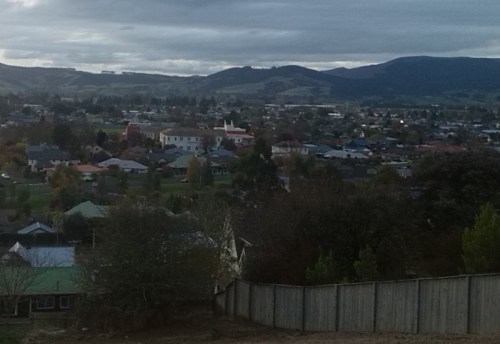Back in January, David Bowie died. There was an outpouring of grief and many, many think pieces, tributes etc., that I didn’t feel I could add anything. This loss hit me hard and quite unexpectedly. I was not a “fan” although I was of an age to have been very enthusiastic about Let’s Dance in the 80s, but before and after he was mostly background music.
The thing is, when the back catalogue was played over and over in January, I knew all the songs and most of the words. The visual imagery surrounding Bowie was as familiar as the family album. In going through my vinyl (kept in a box in the basement) I found this – a relic from my older brothers I guess.

Bowie was part of my whole life, I was born the year of one of his biggest hits. He (and his music) was always THERE. While I was the sort of person who eschewed “pop”, I was very fond of his movies particularly Merry Christmas Mr Lawrence and The Hunger. I knew him through his work with Lou Reed and Iggy Pop. In fact when he released “Tonight” in 1984, I already knew it from Pop and those instantly recognisable backing vocals which can also be heard on Lou Reed’s Satellite of Love.
I hadn’t heard Blackstar when news of Bowie’s death came out but I agree with many others that it was a startling end point. I still wonder where the fuck did Monday go.
I suppose I have nothing new to say. I still feel a loss, a gap where Bowie was and now isn’t. We all had our own version of the mercurial Bowie, and we still have the music. However I am amazed at the pervasiveness of his influence. Although he …isn’t here, we will still find him in unexpected places.


Paint mixer at Resene, Dunedin (Jan 2016) Paint Colour “Bowie” Resene Paints








